Bloody Bay: Grassroots Policing in Nineteenth-Century San Francisco Hardcover – Illustrated, November 1, 2020 by Darren A. Raspa
HARDCOVER
[318 pages]
PUB: November 1, 2020
Description
Bloody Bay recounts the gritty history of law enforcement in San Francisco. Beginning just before the California gold rush and through the six decades leading up to the twentieth century, a culture of popular justice and grassroots community peacekeeping was fostered. This policing environment was forged in the hinterland mining camps of the 1840s, molded in the 1851 and 1856 civilian vigilante policing movements, refined in the 1877 joint police and civilian Committee of Safety, and perfected by the Chinatown Squad experiment of the late nineteenth century.
From the American takeover of California in 1846 during the U.S.–Mexico War to Police Commissioner Jesse B. Cook’s nationwide law enforcement advisory tour in 1912 and San Francisco’s debut as the jewel of a new American Pacific world during the Panama Pacific International Exposition in 1915, San Francisco’s culture of popular justice, its multiethnic environment, and the unique relationships built between informal and formal policing created a more progressive policing environment than anywhere else in the nation. Originally an isolated gold rush boomtown on the margins of a young nation, San Francisco—as illustrated in this untold story—rose to become a model for modern community policing and police professionalism.


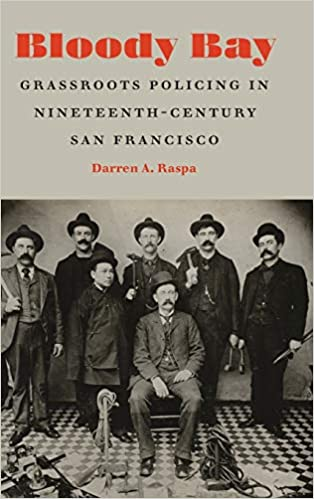





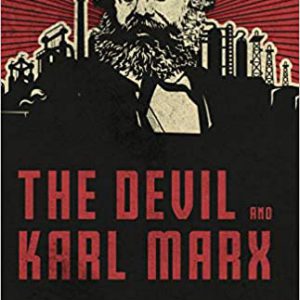
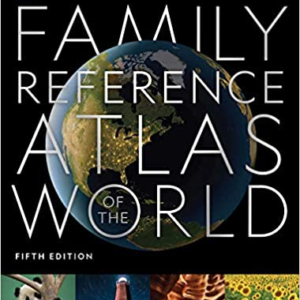


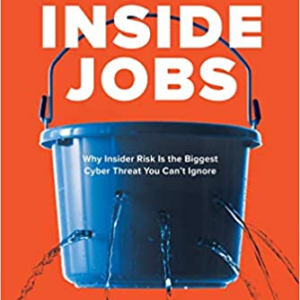



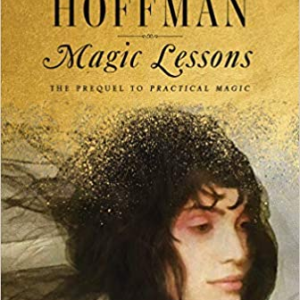













There are no reviews yet.